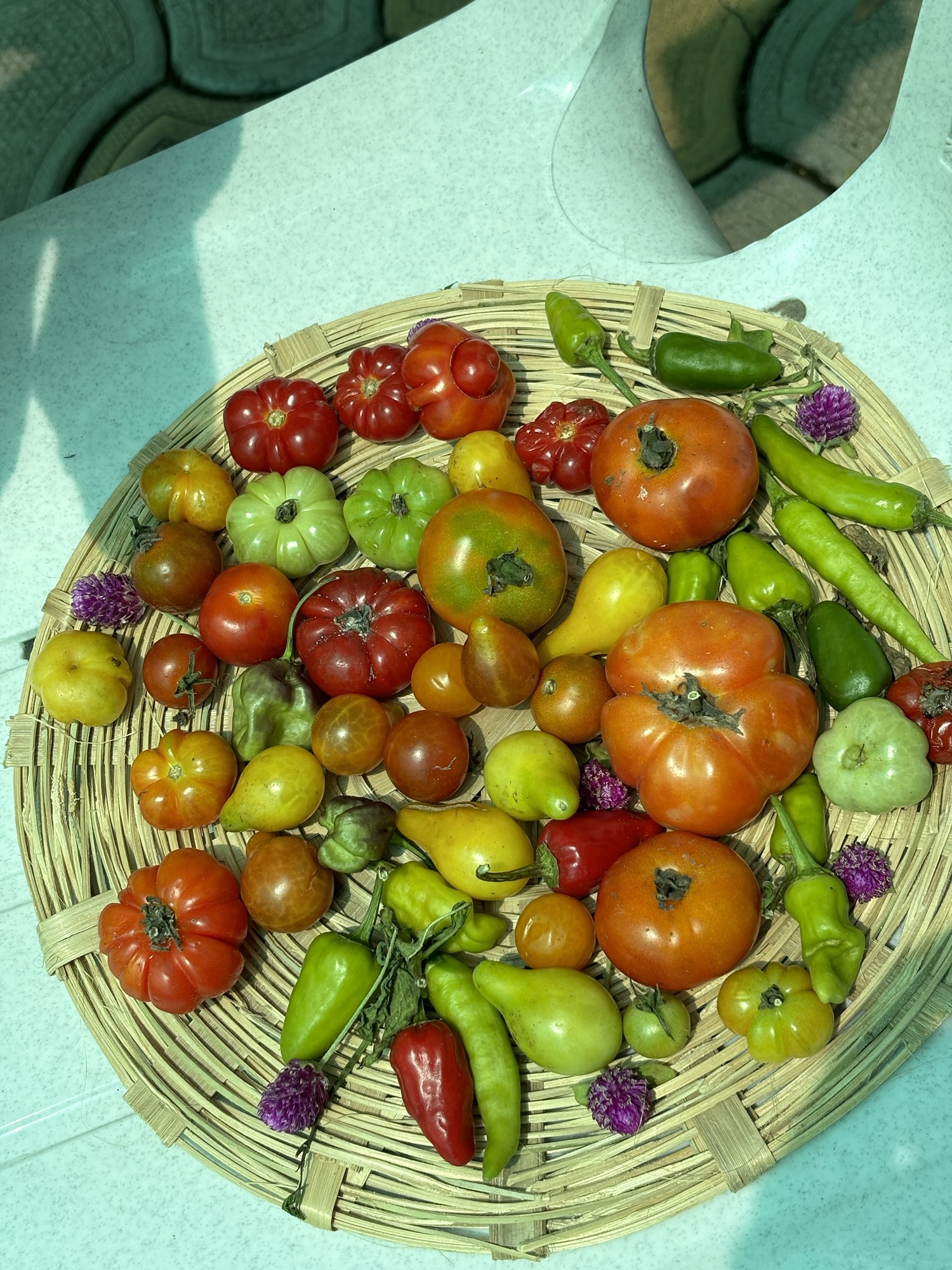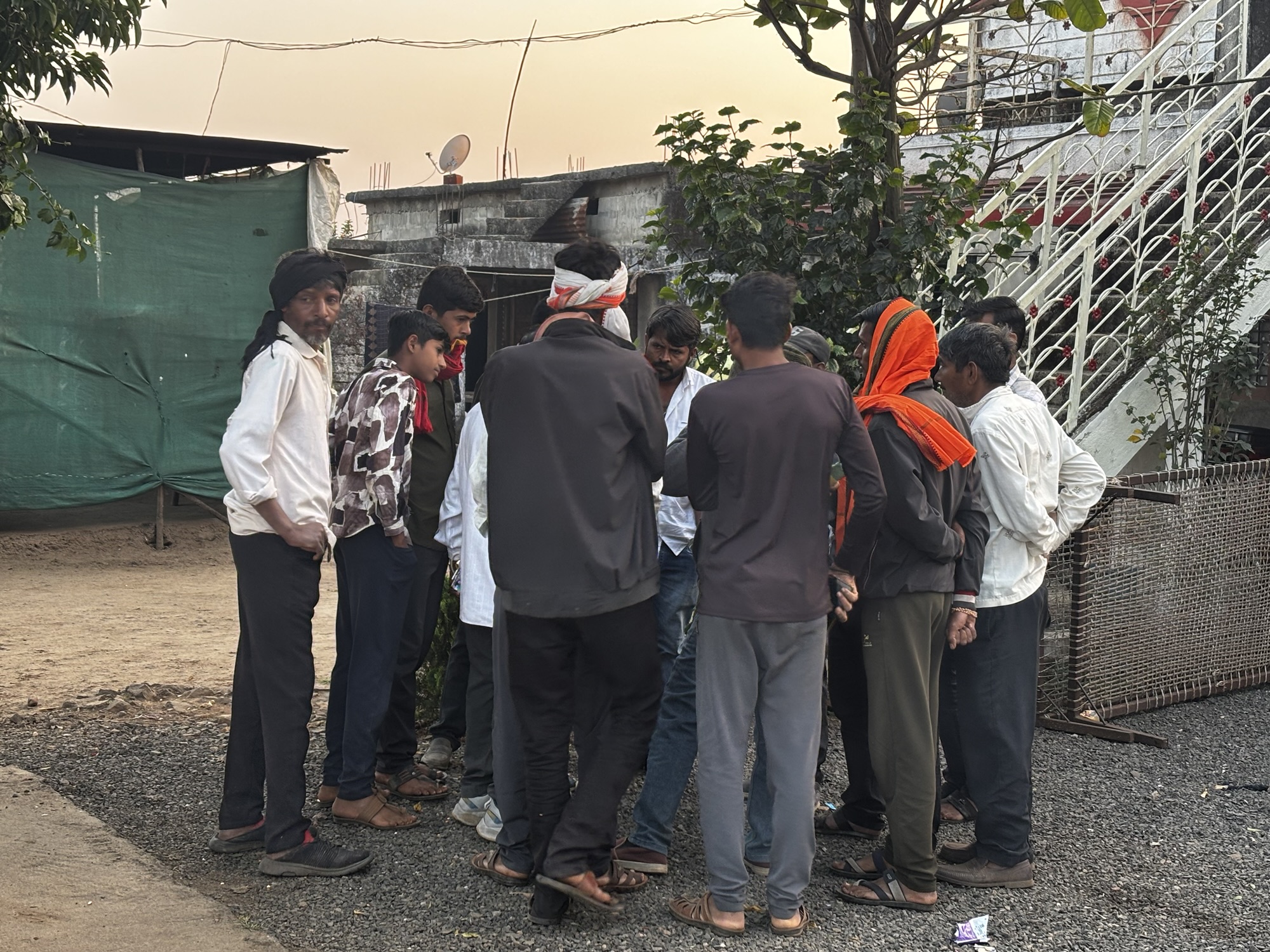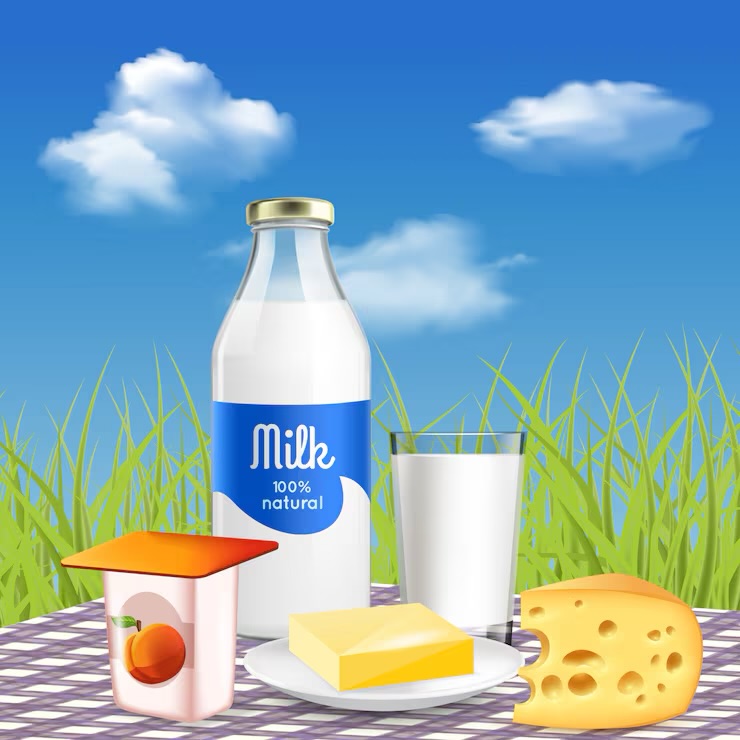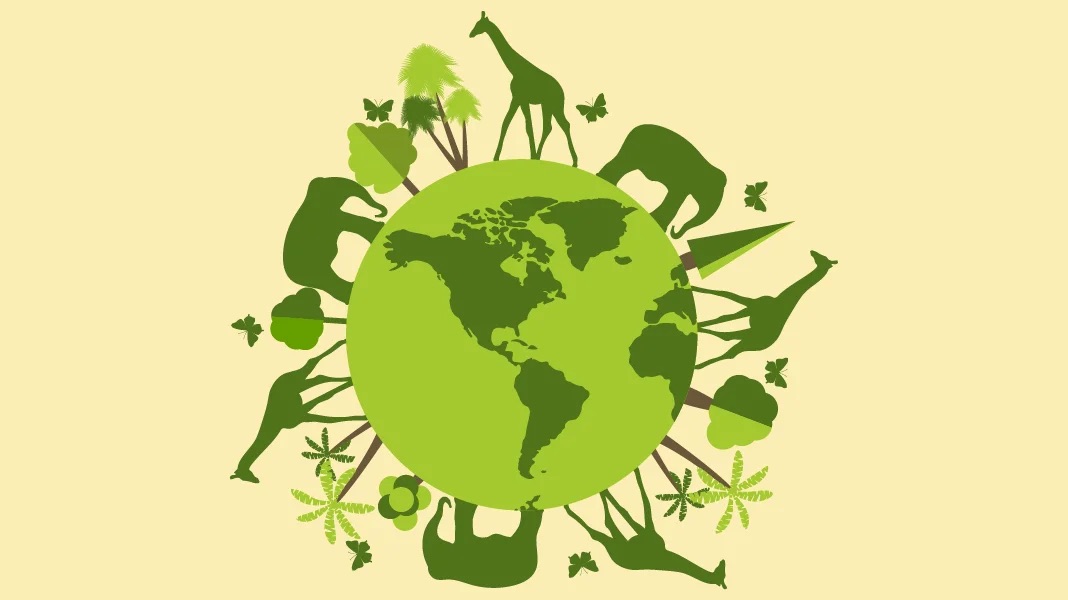The Union Minister for Fisheries, Animal Husbandry and Dairying, Rajiv Ranjan Singh, recently highlighted significant growth in the dairy and fisheries sectors in Jammu and Kashmir (J&K). Speaking at a review meeting in Srinagar, he noted that milk production has surged by 47% over the past decade. It has increased from 19.50 lakh tonnes in 2014-15 to 28.74 lakh tonnes in 2023-24. This growth means that the per capita availability of milk in the region is now 413 grams per day.
The meeting was attended by key officials from the central government and the J&K government, including Chief Minister Omar Abdullah. Both leaders discussed the potential for further growth in J&K’s livestock and fisheries sectors. The Minister emphasized the need for better organization and support for dairy farmers, who are often small and marginal producers. He encouraged the formation of cooperatives and Farmer Producer Organizations (FPOs) to enhance dairy operations in the region.
The Chief Minister echoed these sentiments, stressing the importance of traditional sectors such as agriculture, livestock, and fisheries in boosting J&K’s economy. He pointed out that J&K produces 90% of India’s trout but lacks organized processing and value addition.
To address these issues, the Holistic Agriculture Development Program (HADP) has been introduced. This program aims to fill critical gaps in oilseed production, fodder, dairy, mutton, and fisheries. With a total budget of ₹5,013 crore, it allocates ₹1,364 crore specifically for livestock and fisheries.
Another significant development is the inauguration of a new Ultra High Temperature (UHT) Milk Plant in Jammu. This facility has a processing capacity of 50,000 litres per day and is expected to improve the dairy processing capacity in the state. It will provide better opportunities for local dairy farmers and help meet the growing demand for processed milk products.
During the review meeting, both the Union Minister and the Chief Minister shared a vision for transforming the livestock and fisheries sectors into vibrant and job-generating industries in J&K. They agreed on the need for joint strategies to enhance infrastructure, market linkages, and entrepreneurship in these areas.
The sectors play a crucial role in J&K’s economy, contributing ₹12,634 crore to the region’s GDP. The livestock population in J&K includes 24.54 lakh cattle, 31 lakh sheep, 15 lakh goats, and 73 lakh backyard poultry. Various government schemes, such as the National Livestock Mission and the Pradhan Mantri Matsya Sampada Yojana, have already made a significant impact on these sectors.
Moreover, the Union Minister announced plans for a ₹100-crore Integrated Aqua Park under the Pradhan Mantri Matsya Sampada Yojana. This park aims to promote cold-water aquaculture and improve market connectivity for farmers. Fish production in J&K has also seen remarkable growth, increasing from 20,000 metric tonnes in 2013-14 to 29,000 metric tonnes in 2024-25. Trout production alone has risen from 262 metric tonnes to 2,380 metric tonnes—a remarkable 80% increase.
The Centre’s commitment to supporting the dairy and fisheries sectors in J&K is clear. With ongoing efforts to improve processing, value addition, and market access, the livelihoods of many farmers in the region are expected to improve significantly. This focus on development not only promises economic growth but also aims to empower the farming community in Jammu and Kashmir.




